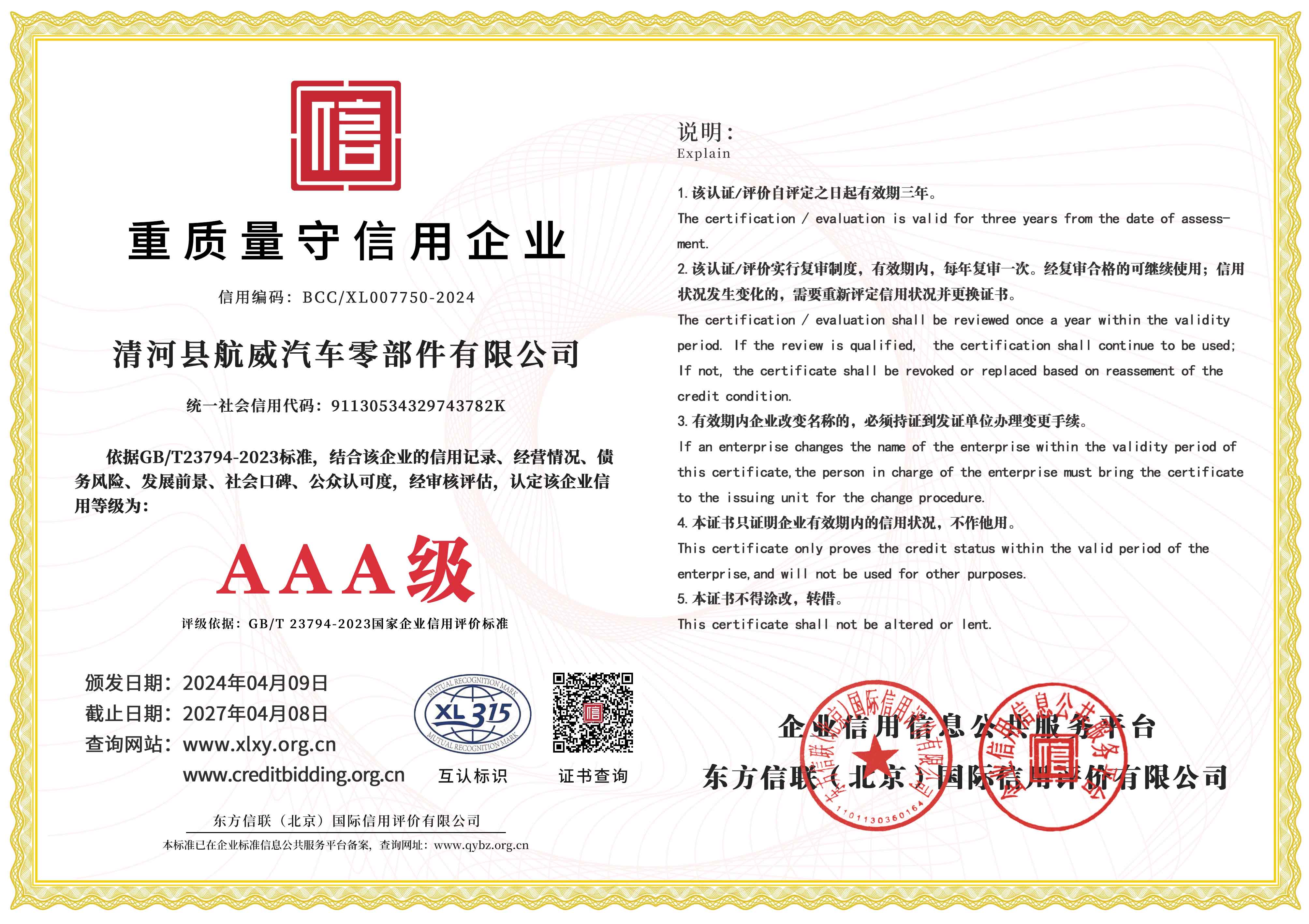Understanding the Relationship Between Throttle Control and Clutch Engagement for Smooth Driving
Throttle and clutch systems are essential components in the operation of manual transmission vehicles, playing crucial roles in power delivery and vehicle control. Understanding the interaction between these two elements can significantly enhance driving performance and vehicle handling.
The throttle, typically controlled by the driver's right foot, regulates the airflow into the engine and, consequently, the engine's power output. When the driver accelerates, pressing down on the throttle increases the engine's RPM (revolutions per minute) and generates more power. This increase in power is crucial for quick acceleration and maintaining speed, especially when navigating steep hills or overtaking other vehicles. Proper throttle control allows the driver to modulate how much power is sent to the wheels, facilitating smooth driving and better fuel efficiency.
On the other hand, the clutch serves as a mechanical connection between the engine and the transmissions. It enables the driver to disengage the engine from the wheels, allowing for gear changes without damaging the transmission. Engaging and disengaging the clutch smoothly is vital for a seamless driving experience. When the clutch pedal is pressed, it disconnects the engine's power flow, allowing the driver to shift gears. Releasing the clutch pedal slowly while simultaneously applying throttle requires practice and coordination, especially for novice drivers.
throttle and clutch

The relationship between the throttle and clutch becomes particularly apparent during acceleration from a standstill. As the driver releases the clutch to engage the first gear, they must simultaneously apply the appropriate amount of throttle. Too much throttle can cause the wheels to spin, leading to a loss of traction. Conversely, too little throttle can stall the engine, causing the vehicle to jerk. Achieving the right balance is a skill that enhances driving comfort and performance.
In summary, mastering the interplay between throttle and clutch is crucial for any driver of a manual transmission vehicle. Understanding how to control these two components not only improves driving efficiency but also enhances safety and responsiveness on the road. As with any skill, practice is key; with time, drivers can achieve a seamless driving experience that maximizes both performance and enjoyment.
-
Workings of Clutch Pipe and Hose SystemsNewsJun.04,2025
-
The Inner Workings of Hand Brake Cable SystemsNewsJun.04,2025
-
The Secrets of Throttle and Accelerator CablesNewsJun.04,2025
-
The Hidden Lifeline of Your Transmission Gear Shift CablesNewsJun.04,2025
-
Demystifying Gear Cables and Shift LinkagesNewsJun.04,2025
-
Decoding Clutch Line Systems A Comprehensive GuideNewsJun.04,2025
